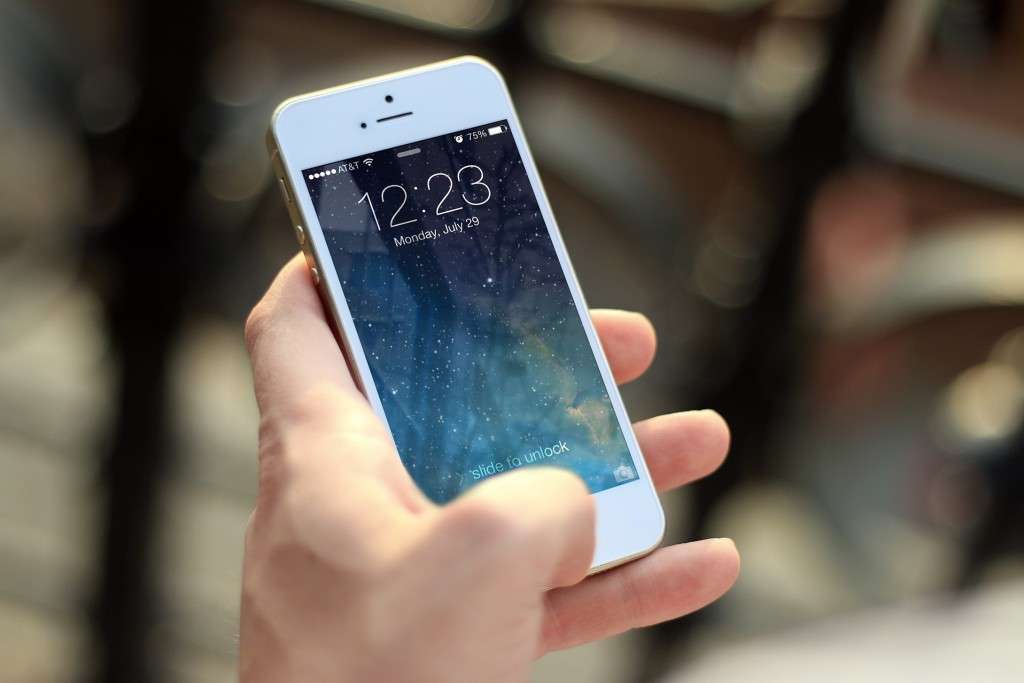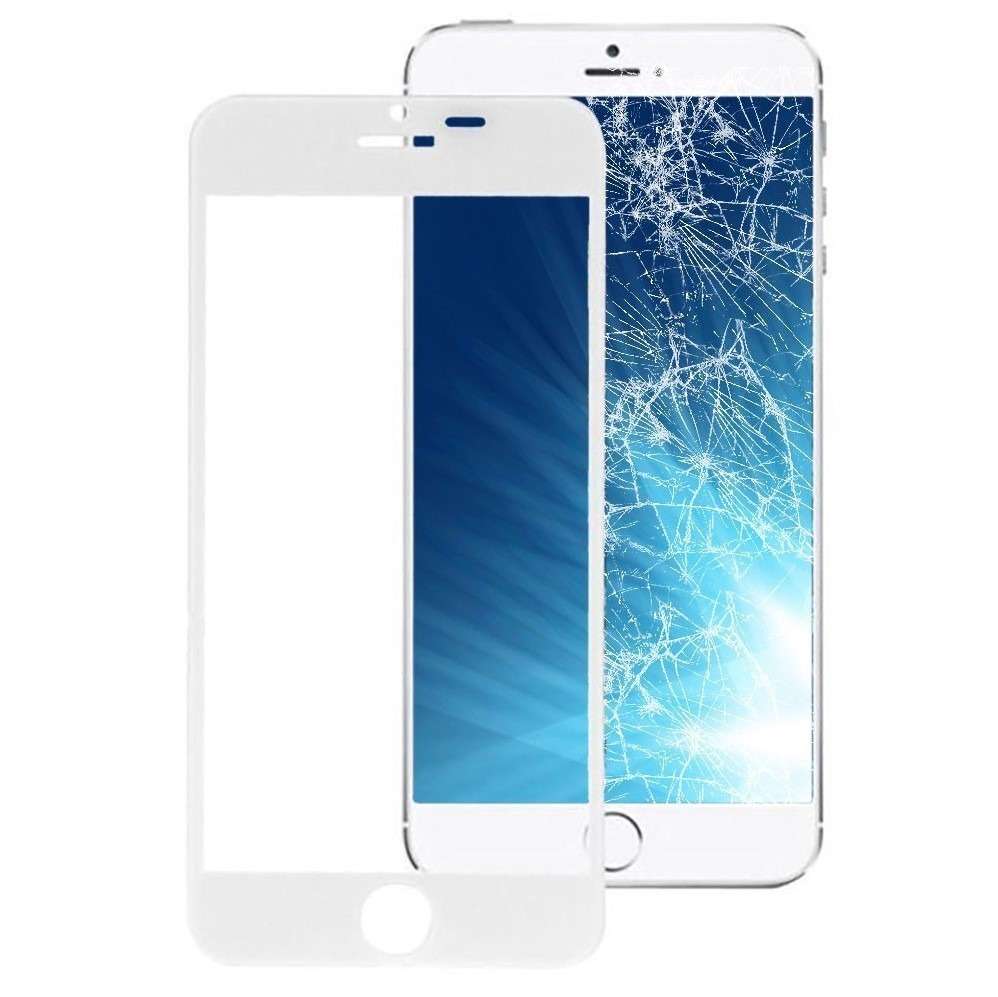
From the first Motorola model up to the latest iPhone, cell phones proved how useful they are in the society. For example in Los Angeles, apple repair centers are rampant mainly because a huge portion of the state’s population are Apple users. There are also various tech shops in different parts of the US in order to support the increasing need for one-stop shops that provide electronic parts and gadgets, as well as repair services to users of electronic devices.
Through numerous innovations, cell phones became advanced in a short amount of time. Take a look back at the history of mobile phones.
The First Mobile Phone
Many of the early phones were called “car phones” because they were too large to carry around in one’s bag or pocket. In order to make them more portable and multi-functional, certain innovations had to be made.
The very first mobile phone call was made on April 3, 1973 by Martin Cooper, a senior engineer at Motorola. He called a rival telecommunications company and told them that he was speaking thru a mobile phone. The phone that he used weighed more than 1 kilogram and grants the user 30 minutes of talk-time. The prototype device also took around 10 hours to fully charge.
In 1983, Motorola produced the DynaTAC 8000x phone. Although it was huge by today’s standards, it was considered as the first mobile phone because it was small enough to be carried around. Despite the fact that it was incredibly expensive, with the price ranging up to $4,000, it became a prominent pop culture symbol. As a matter of fact, the device appeared in the famous movie, Wall Street and television sitcom Saved by the Bell. However, during that time cell phone use wasn’t available to the general public yet; they were used in the sales and business world, instead.
Like with everything else, DynaTAC and the succeeding models had their own sets of errors. They are bulky and not that portable even if they have long battery lives, which provide users with more talk time. In spite of this, these models were still popular because during that era, calling was more important. As time passed and technology became more advanced, mobile phone companies figured out how to pack more features in smaller, more affordable, and portable models.
Size Matters

Mobile phone technology is not just the only thing that has changed over time; its physical design went through some modifications as well. Like with computers, mobile phones also became smaller after numerous innovations. In the early times, phones were as large and heavy as the modern PC. Actually, in the mid-90s, consumers preferred larger phones over smaller ones but this did not last long. Eventually, the perception shifted and people began to demand for smaller phones with a sleeker design.
For years, technology and electronic manufacturing companies tried to produce smaller phones that offer more features. However, as more and more features are developed and offered to the public, the size of mobile phones started to change once again. In the recent years, mobile phone designs have become larger and simpler, which leaves more room for a larger screen and less buttons. This is because phones have transitioned from communications gadgets into mobile media devices. People sought smartphones with screens that are clear and have high-definition for the best web viewing experience. The keyboard was even removed and replaced by a touch screen keyboard that comes out only when the user needs it. Examples of this would be the Apple iPhone and the Droid models.
The Future of Mobile Phones
Cell phones have changed and developed so rapidly over the course of time; the 40 years that they have been in the market is certainly a testament to mankind’s creativity and perseverance. With the merging of all tech gadgets, mobile phones will continue to advance. Actually, it will not be surprising if smartphones will completely take over the market in the future. It is also a possibility that mobile phones will adapt to appeal more to people’s emotional senses.
Who knows, maybe the regular phones will disappear from the market. Maybe the cell phones in the future will become synchronized to our reflexes and processes. With the advancements in technology, there is a huge possibility that the future phones will really reflect each individual’s taste, personality, and preferences. The history and future of mobile phones do not just reflect how we change the cell phone; it’s also how mobile phones change us.












